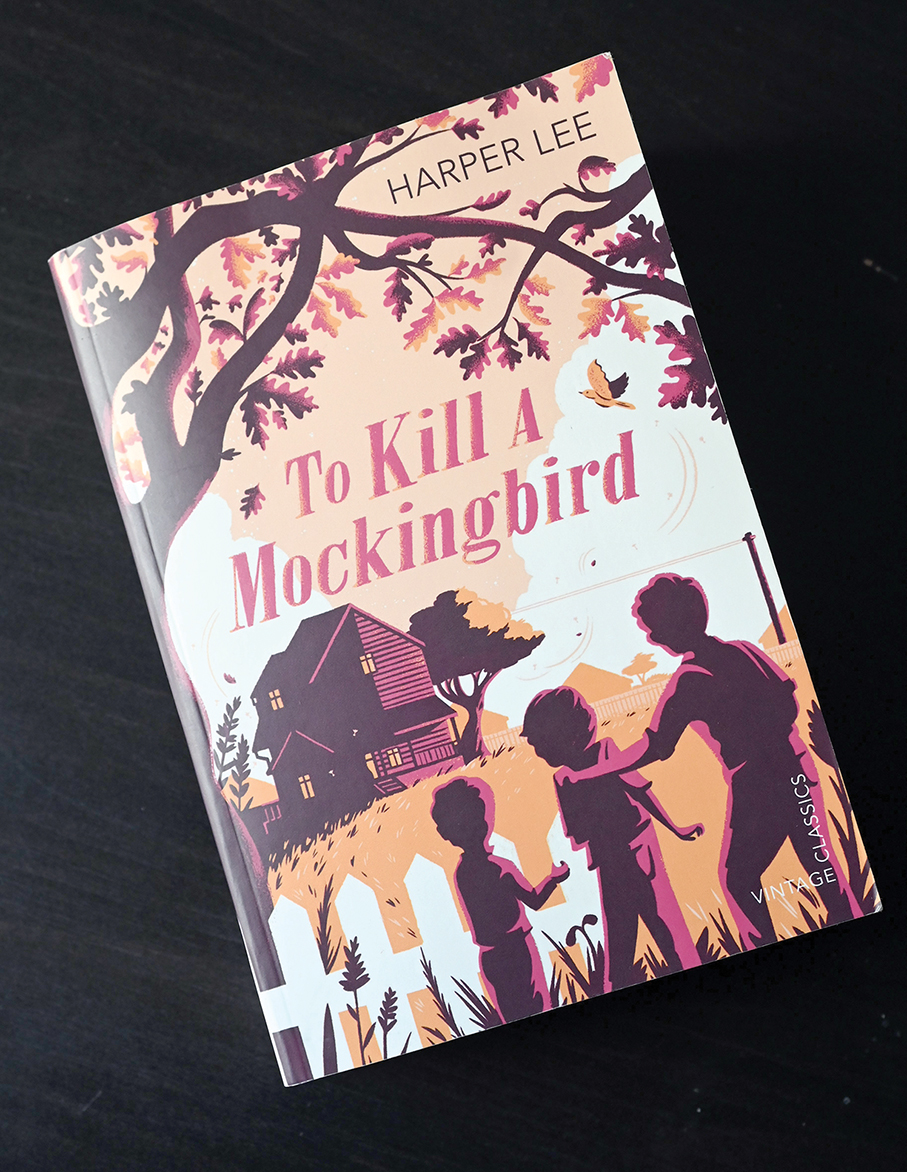“Shoot all the blue jays you want, if you can hit ’em, but remember it’s a sin to kill a mockingbird”
– Harper Lee, To Kill a Mockingbird
In 1960, a book titled “To Kill a Mockingbird” by American novelist Harper Lee (1926-2016) was published. The novel has since won the Pulitzer Prize and become a modern classic that, according to Encyclopedia Britannica, has been translated into around 40 languages and so far sold over 40 million copies worldwide. This is for good reason – it tells a powerful story.
Set in the backdrop of a fictional small town called Maycomb in Alabama during the 1930s, we see a world through the eyes of its child protagonist Jean Louise “Scout” Finch. It is a coming-of-age story that shows life and childhood in the small town, as well as some of the adventures that a child’s curiosity and wonder can take them on, such as through attempts to get Boo Radley, the ever-elusive neighbour whose life is shrouded in mystery, to come out of his house. However, it goes beyond that.
During a time of poverty and racial segregation, life would change for Scout and her older brother, Jem, when their father, a lawyer named Atticus, takes on a case where a black man is accused by a white woman of a heinous crime: rape. This would affect not only Atticus, but his children as they navigate their lives through a town where many hold prejudiced and discriminatory attitudes.
This thought-provoking story is one of the books that, I think, has been beautifully crafted and has some of my favourite prose, all brought to life by a great cast of well-written characters. It tackles a subject matter that is not easy – racism and discrimination – all the while giving readers a glimpse of morality, inequality and the loss of innocence, among others, all through the eyes of a child. It is a page-turner, though not in the sense of an adventure, horror, or the thriller genre, but is riveting in its own right. This is most evident during the second part of the novel when the trial of the accused takes place.
Moreover, throughout the story, readers will also get to see the importance of gaining an understanding of people, most importantly through characters getting to actually know the unfairly treated group and characters who are viewed negatively by members of their community without any real reason other than the fact that they are different. In other words, it brings up the importance of empathy for them, which I think is present in most chapters. This is best exhibited by one of my favourite quotes in the book by Atticus:
“If you can learn a simple trick, Scout, you’ll get along better with all kinds of folks. You never really understand a person until you consider things from his point of view … until you climb into his skin and walk around in it”. (Chapter 3)
When prejudice and racism are evident, the book also makes one wonder why and how things were ever the way they were in the first place, and even evoke anger towards it. After all, regardless of nationality and skin colour, we are all human, each possessing the same moving parts that also hold us together underneath. How can people categorise others by class and race and follow it up with contemptuous treatment that they are thought to deserve? This is among the questions that I found myself, and perhaps other readers, asking alongside the novel’s young characters.
“To Kill A Mockingbird” is a story that I will read and re-read time and time again. Aside from telling a great coming-of-age story with well-written characters, it also has the power to evoke thought as it leaves readers thinking about its important themes. Most importantly, at least to me, is the significance of having empathy. It is for these reasons that I cannot recommend this book enough.

This photo shows my copy of Harper Lee’s “To Kill a Mockingbird”





